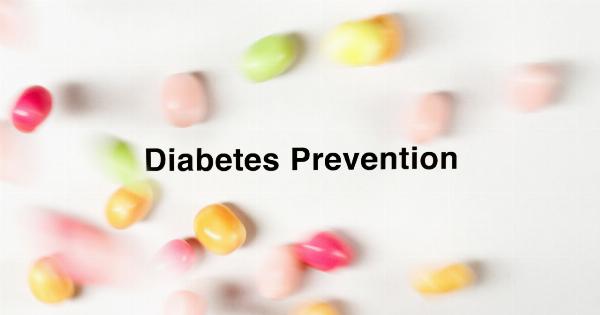In recent years, there has been a growing interest in predicting mortality rates and understanding the factors that contribute to it.
With advancements in technology and data analytics, researchers have developed various models and tools to forecast mortality rates. These forecasts are not only important for the insurance industry and pension funds but also help in policymaking and resource allocation for healthcare systems.
What is the Mortality Forecast Test?
The Mortality Forecast Test is a statistical procedure that assesses the accuracy and validity of mortality forecasts.
It helps researchers and practitioners evaluate the performance of their models and determine whether the forecasts are reliable or need improvement. By conducting this test, one can identify any biases or errors in the forecasts and make appropriate adjustments.
How does the Test Work?
The Mortality Forecast Test compares the predicted mortality rates with the actual observed rates over a specific period. It uses various statistical measures to assess the accuracy of the forecasts. Some commonly used metrics include:.
1. Mean Absolute Error (MAE)
MAE measures the average difference between the predicted mortality rates and the actual observed rates. A lower MAE indicates a more accurate forecast.
2. Root Mean Square Error (RMSE)
RMSE calculates the square root of the average squared differences between the predicted and observed mortality rates. It penalizes larger errors more heavily and provides a more comprehensive measure of forecast accuracy.
3. Mean Absolute Percentage Error (MAPE)
MAPE measures the average percentage difference between the predicted and observed mortality rates. It helps assess the relative accuracy of the forecasts and is especially useful when dealing with different scales or magnitudes.
4. Theil’s U statistic
Theil’s U statistic compares the performance of the forecast against a naïve benchmark model that assumes no change in mortality rates. A lower value of U indicates a better forecast.
5. Coverage Probability
Coverage probability measures the proportion of observed mortality rates falling within the confidence interval of the forecast. It helps determine the reliability of the forecast and the level of uncertainty associated with it.
Why is the Mortality Forecast Test important?
Conducting the Mortality Forecast Test is crucial for several reasons:.
1. Accuracy Assessment
By evaluating the performance of mortality forecasts, researchers and practitioners can determine the reliability and accuracy of their models. This helps in identifying any deficiencies and improving the forecasting methods.
2. Decision Making
Mortality forecasts are often used in decision-making processes for insurance companies, pension funds, and healthcare systems. Reliable forecasts are essential for resource allocation, determining pricing policies, and making long-term projections.
3. Risk Management
Assessing the accuracy of mortality forecasts plays a vital role in risk management. Insurance companies, for example, heavily rely on mortality forecasts to estimate their liabilities and manage mortality-related risks.
Challenges in Mortality Forecasting
While mortality forecasting has seen significant advancements, it still faces several challenges:.
1. Data Quality and Availability
Mortality forecasting requires reliable and up-to-date data, which may not always be readily available. Inaccurate or incomplete data can lead to biased forecasts and unreliable results.
2. Changing Mortality Trends
Mortality rates can change over time due to various factors such as medical advancements, lifestyle changes, and socio-economic conditions. Capturing and accurately modeling these dynamic trends is a challenging task.
3. Uncertainty and Long-Term Projections
Forecasting mortality rates over long-term horizons involves significant uncertainty. Extrapolating current trends far into the future is inherently challenging and subject to a wide range of potential errors.
Conclusion
The Mortality Forecast Test plays a crucial role in assessing the accuracy and validity of mortality forecasts. It helps researchers and practitioners make informed decisions, improve forecasting models, and manage associated risks.
While mortality forecasting still faces challenges, advancements in data analytics and statistical techniques continue to enhance the accuracy and reliability of forecasts.































